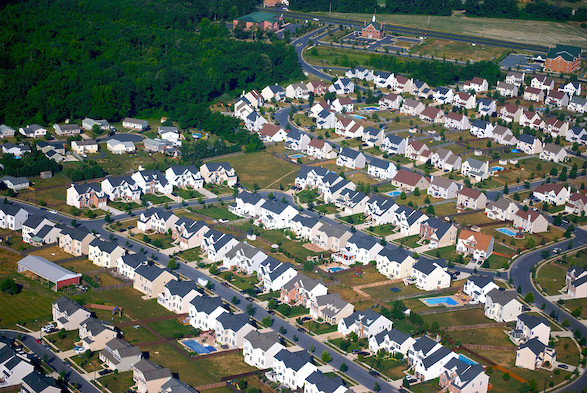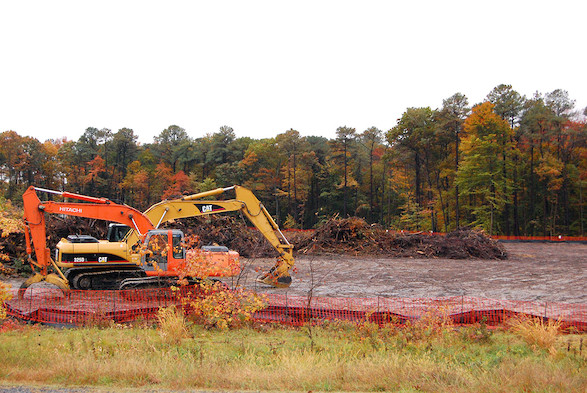Population Growth in the Watershed
The health of the Chesapeake Bay is directly tied to population growth. With the increased rate of population growth there is growing concern over whether the watershed can continue to sustain the plants, animals, and people that live there. Since 1950, the watershed’s human population has more than doubled. It is projected that the population will grow to 20 million people by 2030. Almost 70 percent of the watershed’s population lives in Maryland and Virginia.

How population affects Chesapeake Bay

Each person that lives in the Chesapeake Bay region affects the watershed by consuming natural resources, polluting the air, land and water, and altering the landscape. When there is an increase in the people moving into an area, more land must be cleared for agriculture and development. More impervious surfaces occur by the creation of new roads, parking lots, lawns, and golf courses. The impervious surfaces then block rainfall from soaking into the ground and the rainwater is instead pushed into storm drains, rivers and streams, picking up nutrients from fertilizers, sediments, and other pollutions along the way. Polluted stormwater, also referred to as stormwater runoff, is the quickest growing source of pollution into the Bay.
How to adapt to population impacts
To help lower the impacts of population many people have looked towards installing green roofs or rain gardens to help capture and absorb rainfall. Compared to a patch of lawn, a rain garden allows about 30 percent more water to soak into the ground and filters polluted runoff naturally. Adding absorbent surfaces like gravel or step stones in place of asphalt or concrete can also help water soak into the ground instead of flowing down hard surfaces into storm drains. Redirecting home downspouts onto grass or gravel areas will also prevent stormwater runoff.
